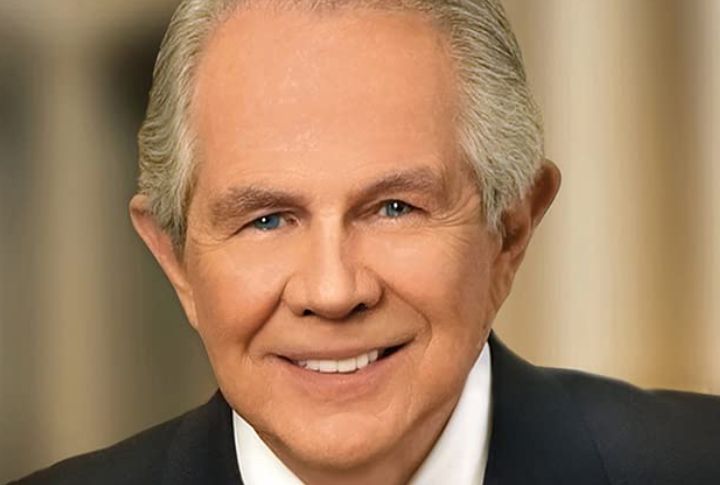
People have always had a strange relationship with the end of the world. Some predictions sparked global anxiety, while others barely made a ripple. Over the years, bold forecasts have come and gone, each promising disaster that never showed up. Let’s dig into 20 such moments that had people on edge for absolutely no reason.
Y2K Scare (2000)

What would happen if every computer glitched at midnight? That question drove a global tech panic as the year 2000 approached. Billions were poured into emergency fixes. Airlines prepped for chaos, and citizens hoarded cash and food. But when the clock struck twelve, everything kept working.
Mayan Apocalypse (2012)
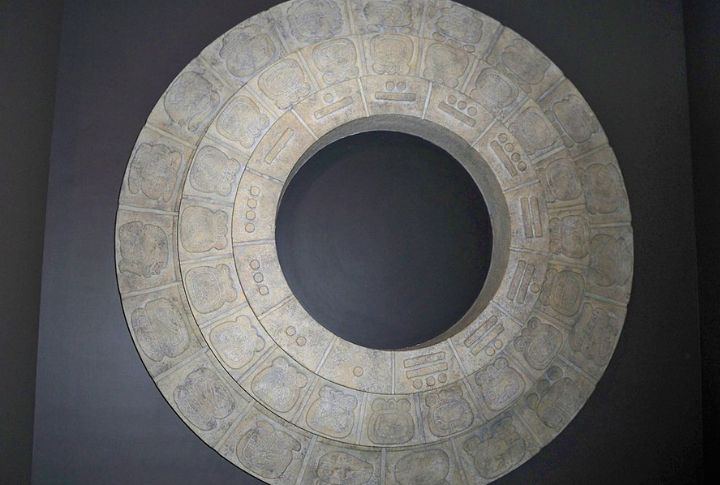
As the Mayan calendar neared its final date, online forums and pop culture latched onto the idea of global collapse. NASA stepped in to calm the storm and pointed out that it was simply the end of a calendar cycle. Still, people partied like it was the planet’s last night.
Halley’s Comet Panic (1910)
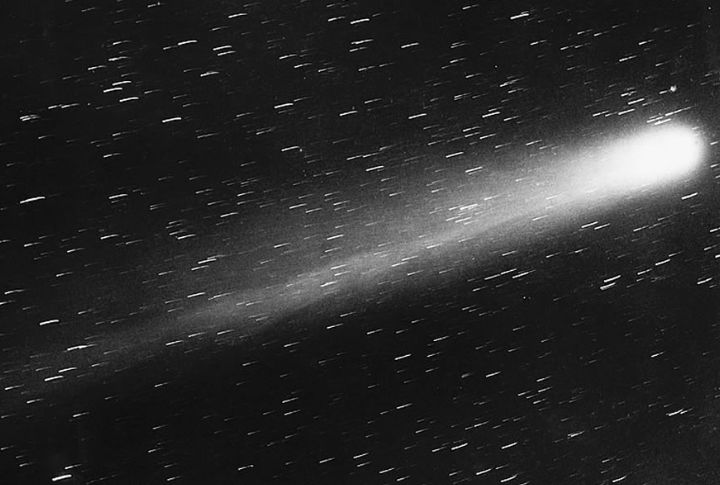
Can fear really spread faster than a comet? In 1910, it did. As Halley’s Comet streaked across the sky, people were convinced its tail carried a toxic gas: cyanogen. Stores sold anti-comet pills. Some even sealed their homes airtight. And yet, the comet passed through just fine, unpoisoned and unbothered.
Heaven’s Gate Cult (1997)
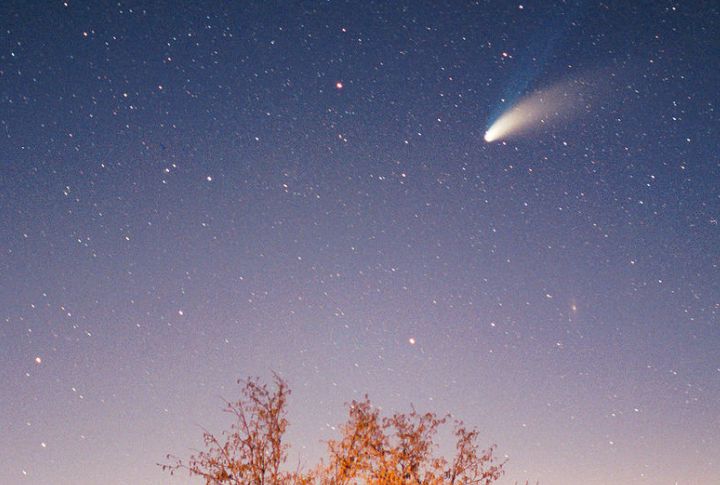
The Heaven’s Gate cult saw salvation in the Hale-Bopp comet, believing it carried a spaceship behind it. To “ascend,” 39 members took their own lives in a California mansion. The event sparked intense media coverage, which turned a fringe belief into a nationwide reckoning.
Planetary Alignment (1982)
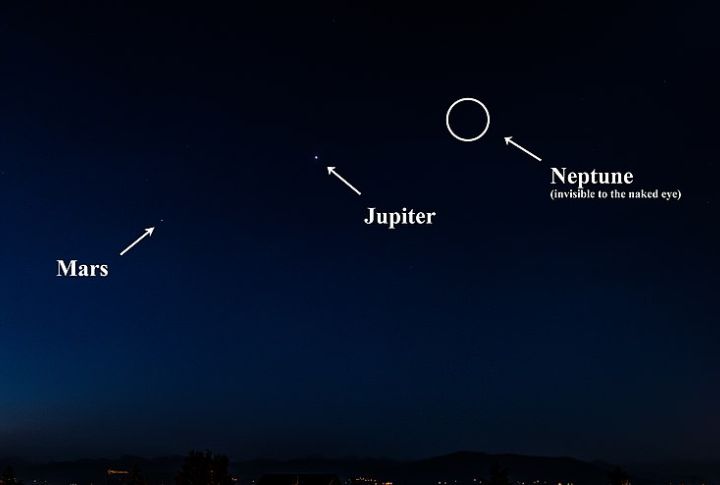
“The Jupiter Effect” claimed planetary alignment in 1982 would spark devastating earthquakes. Suddenly, the sky had everyone on edge. NASA responded to dismiss the threat entirely. No catastrophes came, not even minor tremors. But the theory sold well and stayed in public memory.
Large Hadron Collider Fears (2008)
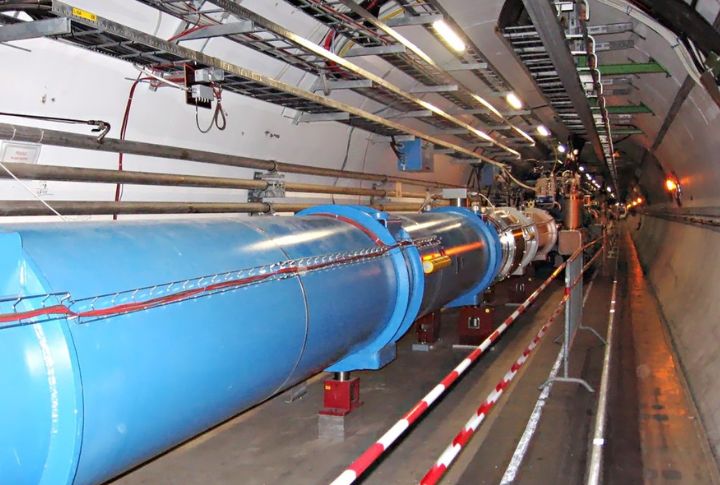
Science fiction met science headlines when the LHC prepared to switch on. Some thought it would generate black holes and end the world in an instant. CERN scientists reassured the public that it was safe. It launched, the world didn’t end, and instead, humanity made some of its most important physics discoveries.
Harold Camping’s Rapture (2011)

Remember that time the world was supposed to end in 2011? Harold Camping, a popular radio evangelist, claimed May 21 would be Judgment Day. People gave up jobs, cashed out savings, and braced for the rapture. When the date passed without a bang, he moved the goalposts twice. Spoiler: Earth’s still here.
2017 Nibiru Collision
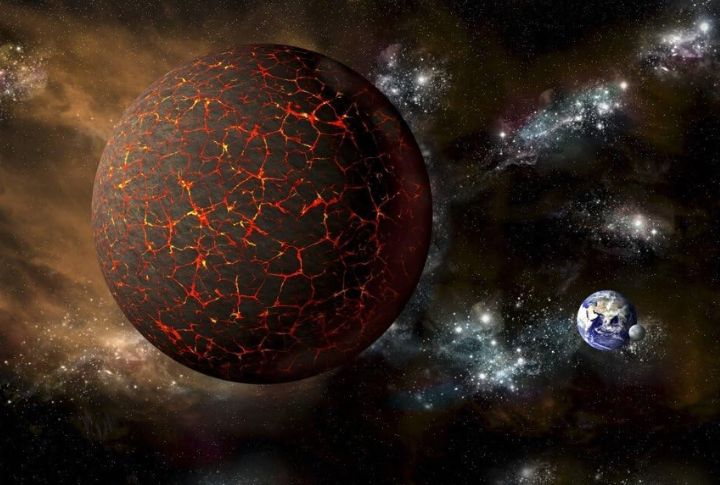
The mythical planet Nibiru was rumored to be on a crash course with Earth, again. This time, it was 2017. YouTube videos and forums recycled old fears. NASA publicly denied the planet’s existence. Although predictions failed repeatedly, the panic returned each time with a new spin.
CERN And The End Of Time (2015)
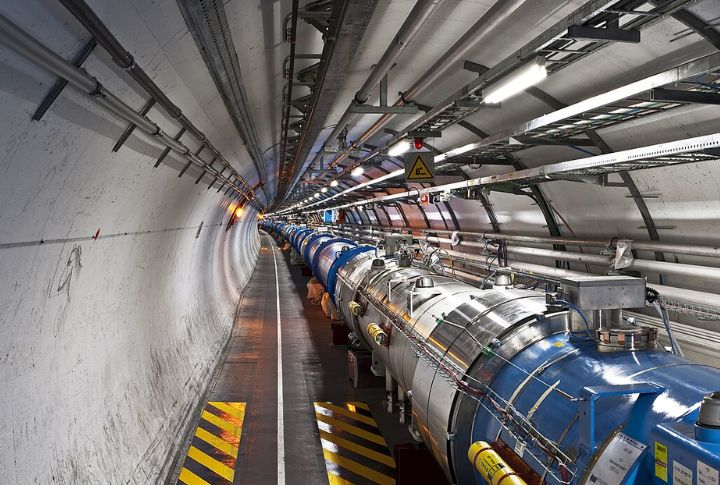
Could a science experiment stop time? As CERN’s LHC resumed experiments in 2015, online chatter warned of dimensional rifts and time disruption. Theories blended quantum physics with apocalyptic scripture. Nothing happened, of course. Still, the internet buzzed with anxiety long after the collider powered up without a hitch.
Millennial Bug Redux (2020)
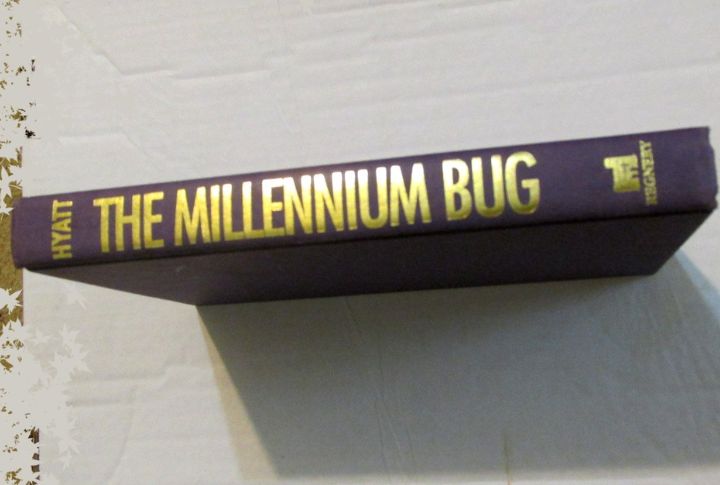
It wasn’t the first time a date glitch made headlines. In 2020, echoes of the Y2K scare returned when some systems read “20” as “1920.” Though brief, it stirred unease. Fortunately, the world didn’t pause. It served more as a digital deja vu than a real disaster.
2012 Solar Storm Hype
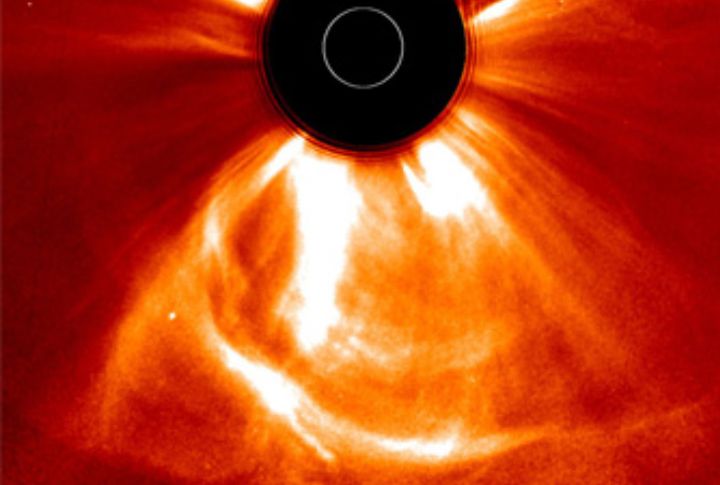
In July 2012, warnings circulated about a massive solar flare that could cripple satellites and power grids. Prepper communities took notice, and panic flickered online. NASA, however, clarified that the threat was exaggerated. That year, solar activity stayed low. The storm never came.
Pat Robertson’s 1982 Prediction
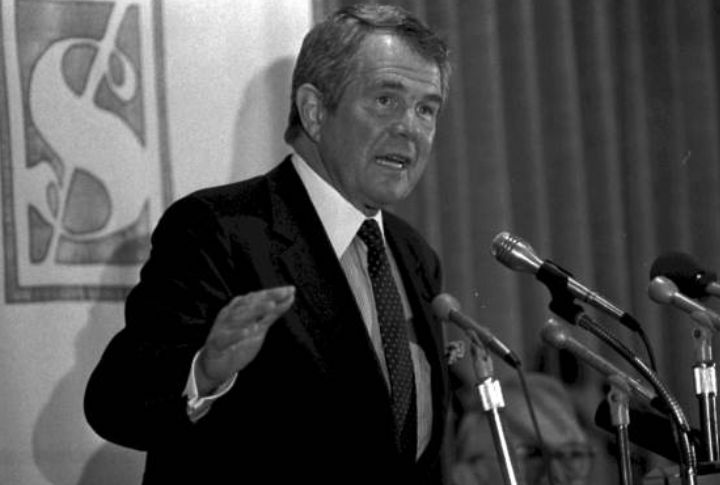
A televangelist’s declaration made headlines: the world would end in 1982, as told to him by God. The year came and went without event. Yet the prophecy reached millions, sparking donations and fear. He didn’t stop there; future dates were predicted too.
Crisis Of 1666
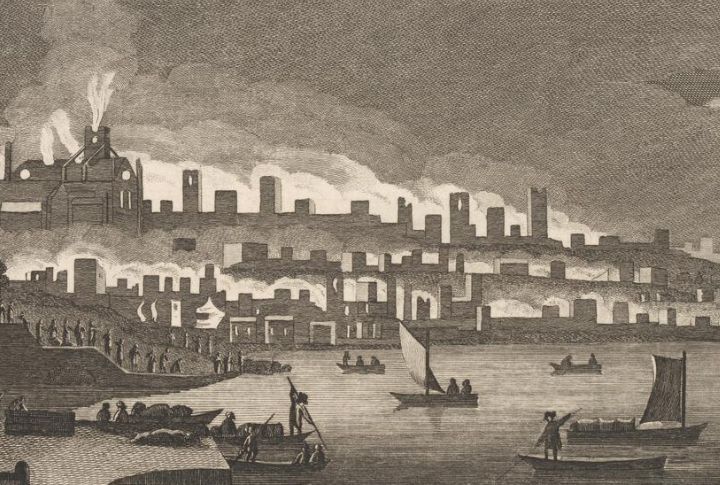
Numbers held weight in 1666, especially “666.” Many believed the year would mark the biblical end. The Great Fire of London seemed to confirm suspicions. Religious leaders preached judgment. But outside London, the world remained quiet. Fears eventually faded as the year closed like any other, uneventfully.
2015 Blood Moon Prophecy
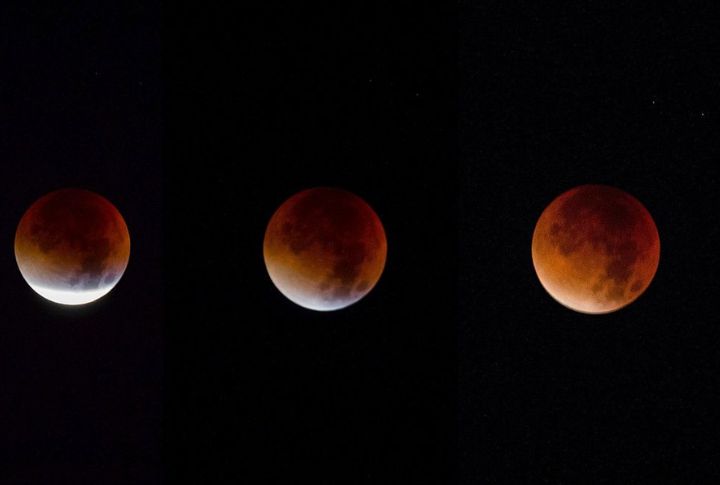
Blood-red lunar eclipses fueled predictions of the apocalypse. Some pastors tied them to signs in religious texts, gaining massive followings. However, astronomers called it a routine celestial event. The world didn’t end; the moon just turned red, then white again, and life moved on.
Cassini Space Probe Crash (2017)
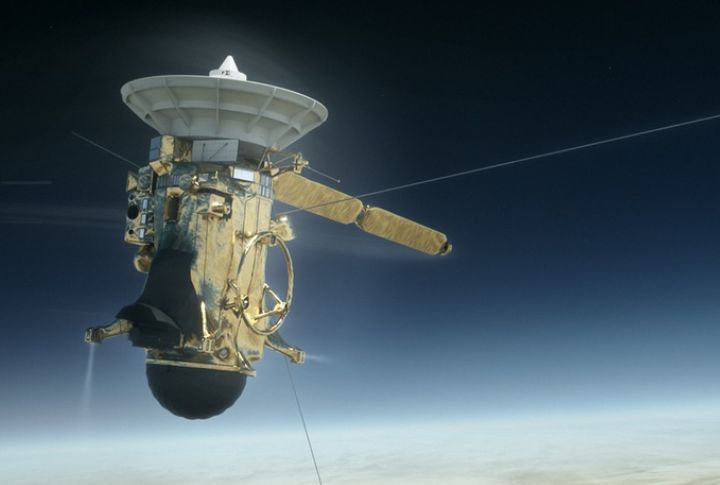
Cassini had seen Saturn up close like never before. Its goodbye in 2017 came tangled in dramatic claims. Some believed that crashing it would trigger a nuclear meltdown on the planet. In reality, it was a calculated descent and an elegant end to a historic space mission.
Magnetosphere Flip Panic (2014)

A flurry of headlines claimed Earth’s magnetic field was reversing rapidly. Online misreads of NASA research stirred panic, with warnings of global electronics failure. Experts responded: geomagnetic flips take thousands of years. The magnetosphere held strong, and the world spun on unchanged.
Black Hole from RHIC (2000)
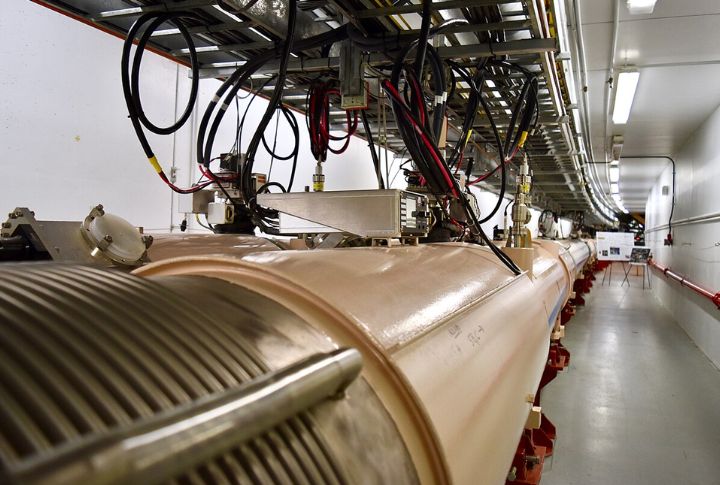
Theories exploded online as the Relativistic Heavy Ion Collider prepared for experiments. Would particle collisions create a black hole? Scientists said no, and they were right. RHIC ran without a hitch. The panic became a textbook case of scientific miscommunication and the internet’s tendency to jump to catastrophe.
Global Flood Prophecy (2011)

Warnings of a planet-wide flood emerged in 2011, based on mixed religious texts. The panic spread mostly across parts of Asia and Africa. Some fled the lowlands, others built makeshift arks. Governments issued statements to calm fears. The world saw some seasonal storms with nothing more.
AI Singularity Catastrophe (2023)

What if AI woke up and took over? That fear gained serious traction in 2023. Think tanks debated timelines. Headlines drew comparisons to sci-fi films. But experts stressed: AI was nowhere near self-aware. Despite big leaps in machine learning, no singularity came.
The 1994 Rapture Prediction

Harold Camping’s earlier doomsday date circled September 6, 1994. His followers spread the message through leaflets and broadcasts. As with later predictions, nothing happened. The media attention was intense, and the prophecy became a reference point for flawed date-setting in modern religious movements.

